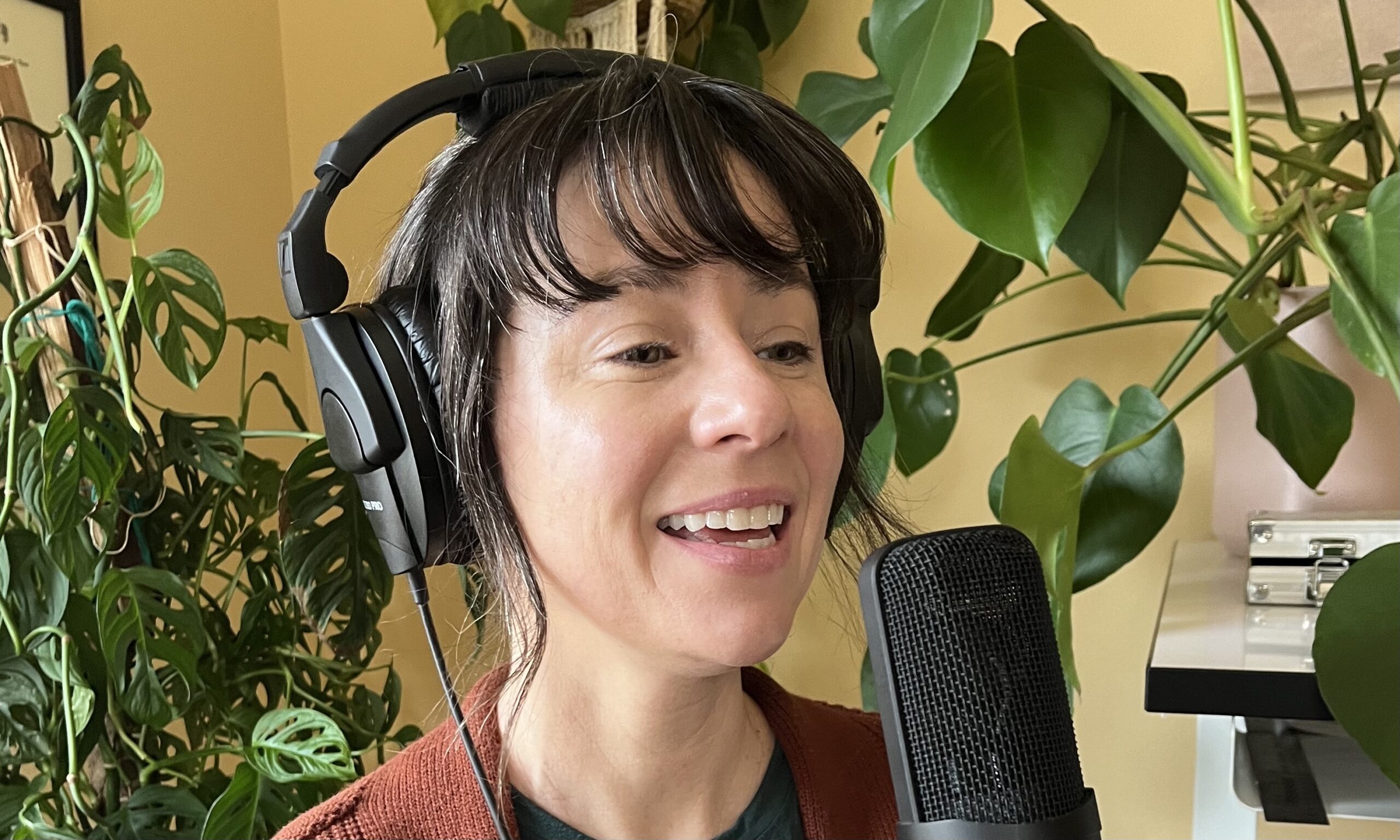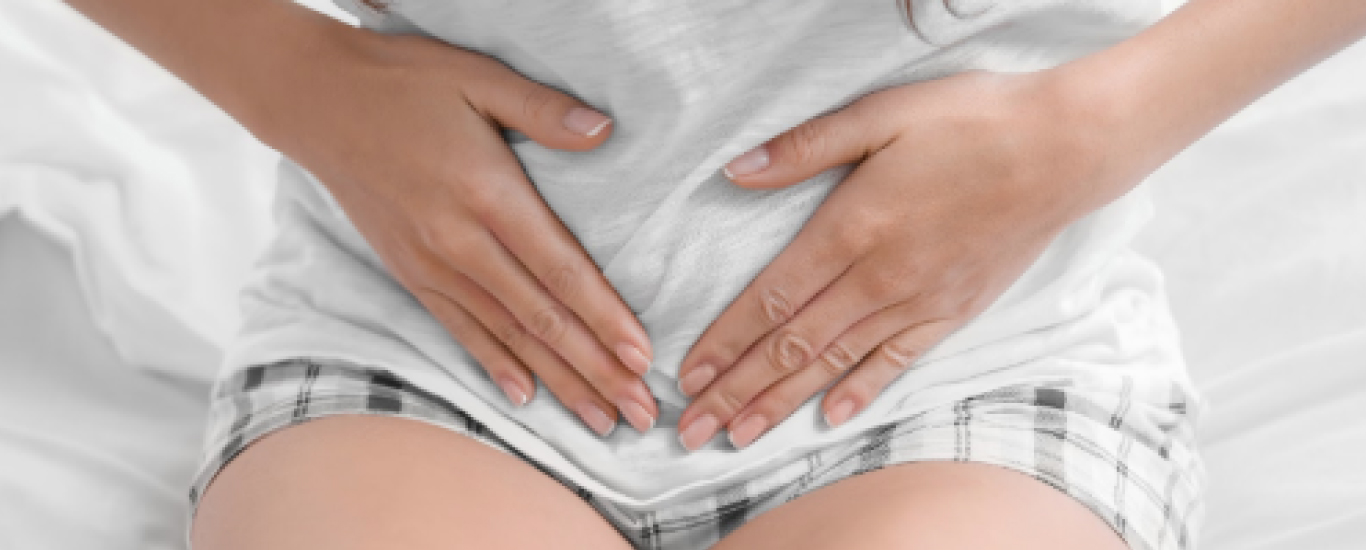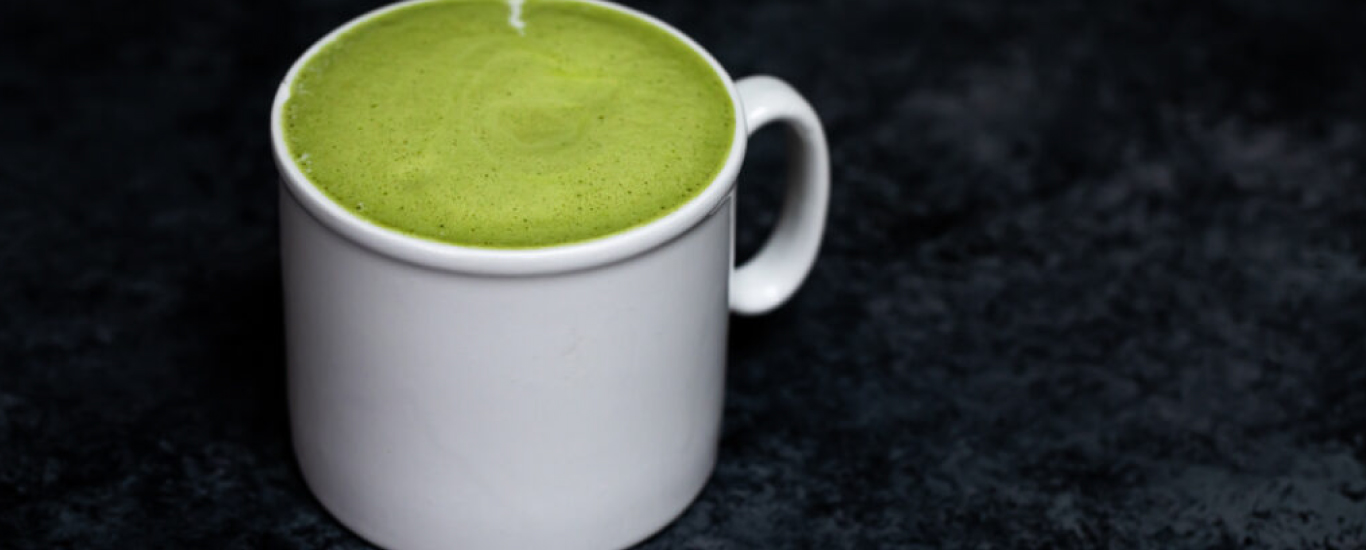My hope this week is that during the holidays when you want to grab that second cup of coffee or that third glass of holiday cheer, you’ll think about choosing a glass of filtered water to help make you a better you! And if you need more help making these habits a reality in your life, don’t hesitate to get help making it happen.
- At least half of your daily fluid should come from water. More is fine—up to 100% of your daily beverage needs.
- About one-third (or about three to four cups) can come from unsweetened organic coffee or tea. If you flavor your coffee or tea with a lot of sugar, cream, or whole milk, then drinking less would help manage weight. If you don’t drink coffee or tea, choose water instead to make up this one-third.
- Harvard School of Public Health says milk can make up another 20 percent, or about two eight-ounce glasses. Less is my suggestion, just make sure you get your calcium from another source. As an aside, dark leafy greens or dried beans, have varying amounts of absorbable calcium. Calcium supplements often contain vitamin D; taking calcium paired with vitamin D seems to be more beneficial for bone health than taking calcium alone.
- A small glass (four ounces) of 100% organic unsweetened fruit juice OR no more than one to two alcoholic drinks for men or no more than one for women. (That means no alcohol at night ladies if you had orange juice at breakfast. )
- Ideally, it’s best to completely cut out drinks sweetened with sugar, artificial sweeteners or high-fructose corn syrup.
REFERENCES
1. Popkin BM, Armstrong LE, Bray GM, Caballero B, Frei B, Willett WC. A new proposed guidance system for beverage consumption in the United States. American Journal of Clinical Nutrition. 2006; 83:529-542.
2. Kuriyama S, Shimazu T, Ohmori K, Kikuchi N, Nakaya N, Nishino Y, Tsubono Y, Tsuji I. Green tea consumption and mortality due to cardiovascular disease, cancer, and all causes in Japan: the Ohsaki study. Journal of the American Medical Association. 2006; 296:1255-1265.
3. Van Dam RM, Willett WC, Manson JE, Hu FB. Coffee, caffeine, and risk of type 2 diabetes: a prospective cohort study in younger and middle-aged U.S. women. Diabetes Care. 2006; 29:398-403.
4. Starbucks beverage details: Mint Mocha Chip Frappuccino® blended coffee with Chocolate Whipped Cream. Accessed on March 28, 2009.
5. Institute of Medicine. Dietary Reference Intakes for Water, Potassium, Sodium, Chloride, and Sulfate. Washington, D.C.: National Academy Press, 2004. Accessed on March 28, 2009.




